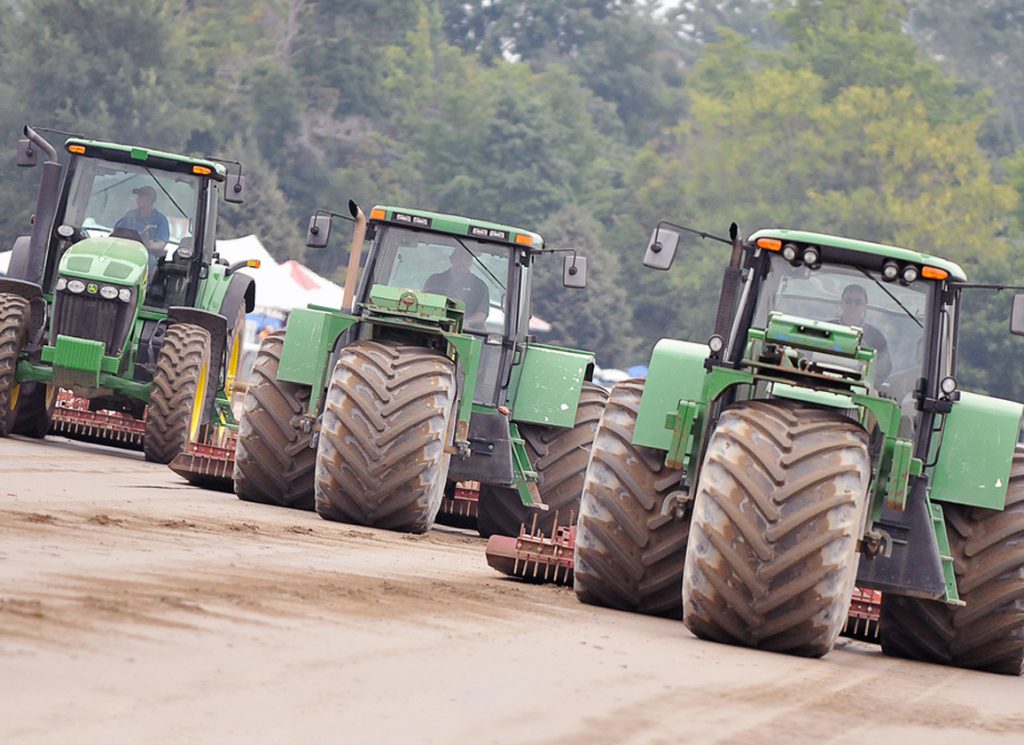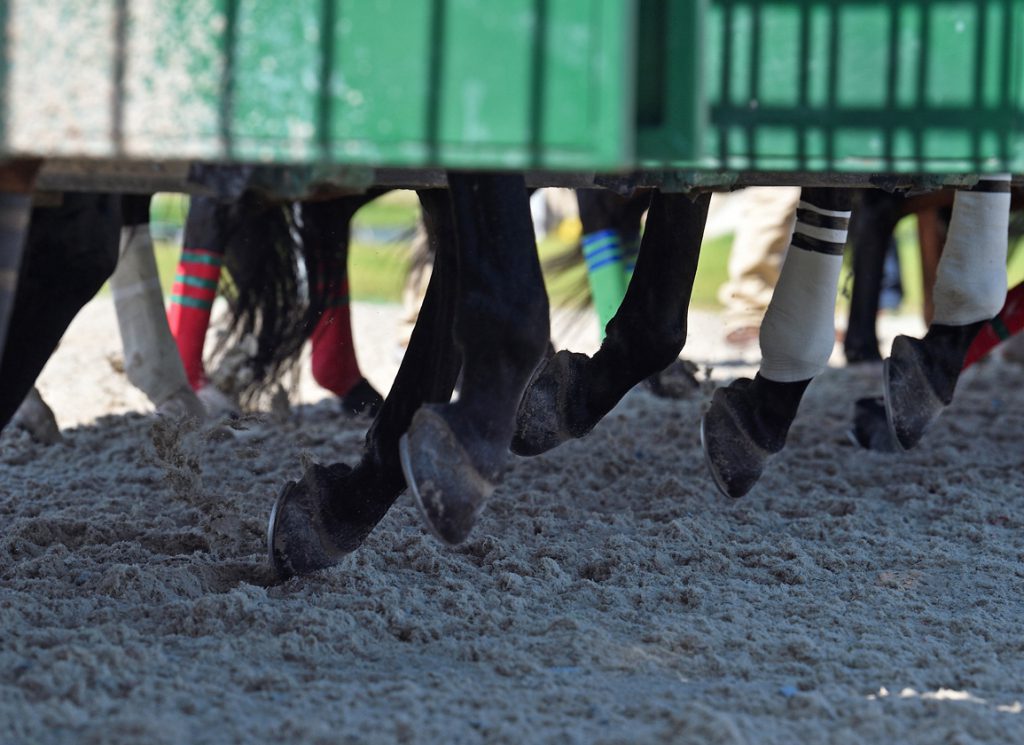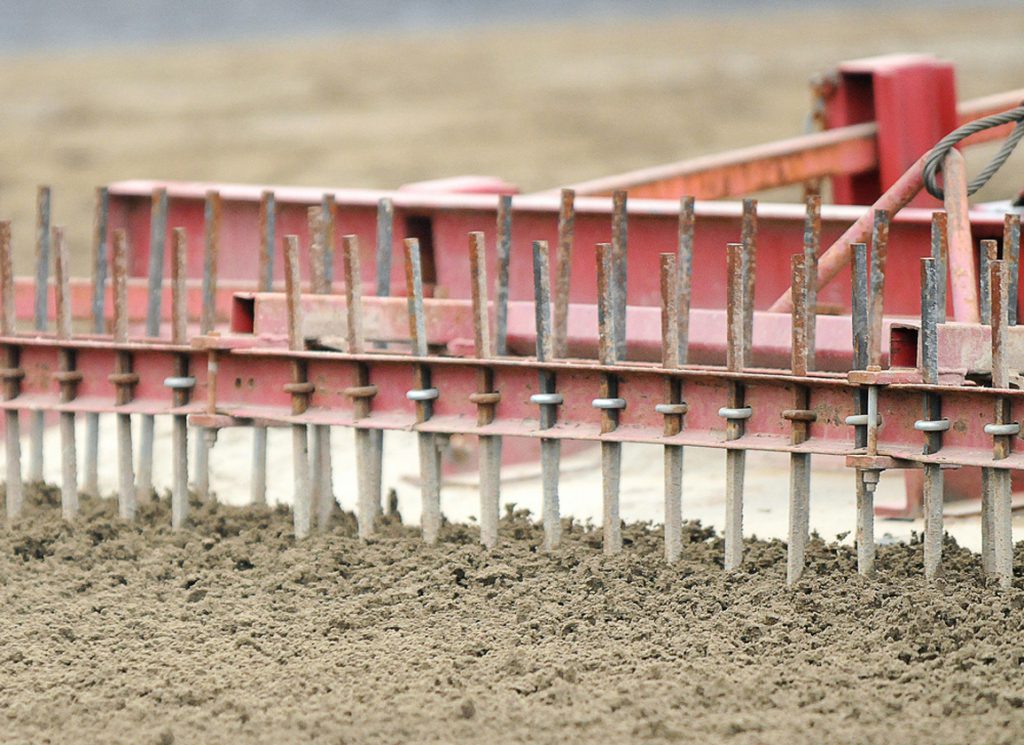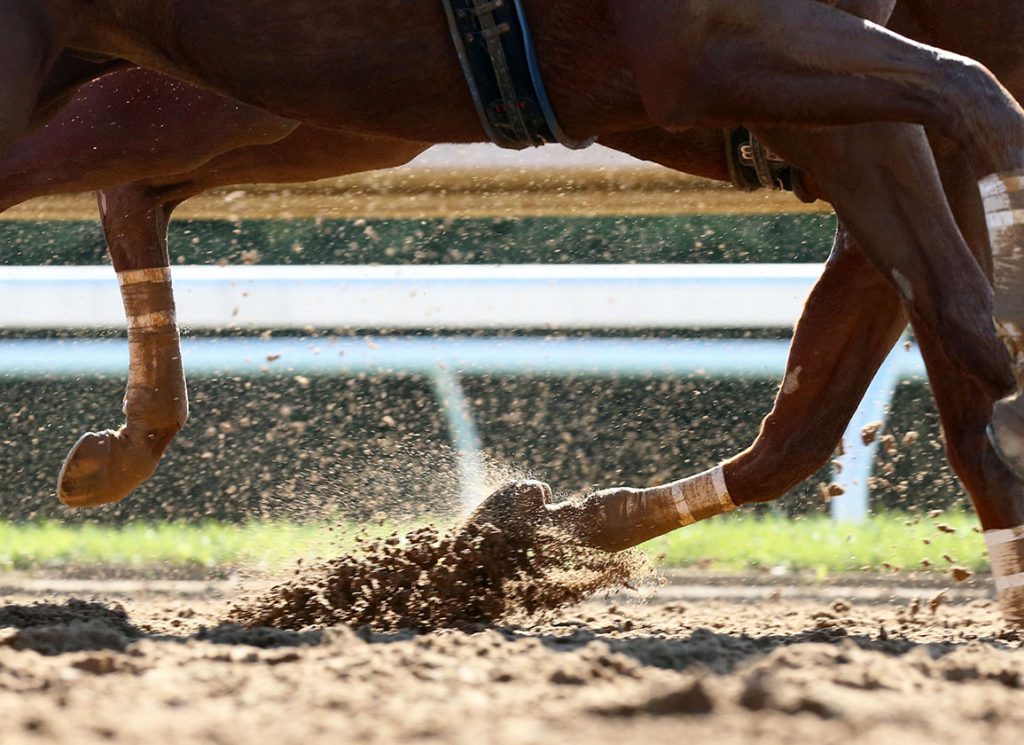Dr. Michael “Mick” Peterson, Jr. is the executive director of the independent Racing Surfaces Testing Laboratory. He is a mechanical engineer who is widely considered the preeminent track surface specialist in North America.
His team has conducted the ongoing testing at Churchill Downs, and it will be tasked this week with being sure Ellis Park is ready to handle a race meet in expedited fashion while also helping out with the continued surface analysis at Churchill.
TDN spoke with Peterson early Friday evening in the wake of the 12 horse deaths at Churchill that caused that track's corporate ownership to move a portion of its remaining spring meet to Ellis, which has not hosted racing since last summer. An edited version of that conversation follows.
TDN: Please describe your team's role, what's been done so far at Churchill, and what are the next steps at both Churchill and Ellis.
MP: I'm a professor at the University of Kentucky, and the university has set up with the racing industry to allow me to spend half of my time running the non-profit Racing Surfaces Testing Laboratory in Lexington. We now have six full-time people, and we work for the Horseracing Integrity and Safety Act (HISA) Authority doing testing. We also work for racetracks doing testing, and we do materials testing. Our standards, quite a few of them, have been adopted as international standards. Others, we're working on getting them accepted as international standards.
Our next priority is to do anything we can to help Churchill, and to evaluate the Ellis surface for HISA, because we're moving there and we need to make sure, to the extent that we can, that [Ellis is ready and safe to race].
We've got this really systematic “pre-flight” process we go through before each race meet. We did our testing 2 1/2 months ago to get ready for the Churchill race meet, and then we repeated it after [GI Kentucky] Derby week. It involves ground-penetrating radar, biomechanical surface testing, and we measure grades.
At the start of the race meet, everything looked good. It looked good after the Derby, too. We just didn't see anything out of whack.
I'm not going to pretend we know everything. That's not a part of what we're doing. We can work on consistency. But we've still got a lot to learn about safety. And that's really the wonderful thing about HISA. We're going to be doing this now at a [nationwide] scale, and it won't depend on who the general manager [at any given track] is. It will be every [track] just does the same thing.
So I've been thinking we're on the cusp of something good. And then the [12 fatalities at Churchill] happen, and it just makes you think, “What don't we know? What are we missing?”
TDN: What's next?
MP: At Churchill, we'll go back and I suspect we'll do some more testing. [West Coast track surfaces consultant] Dennis Moore has finished up [a round of testing this week], and I just talked to him right before you called, and we're just making sure we understand everything that we're looking at. He hasn't found anything of any note there. But we're going to keep looking.
What we're scheduling now [at Churchill] is the same testing we do for every other racetrack. We'll be doing 72 tracks this year according to the schedule. And we'll be doing the same thing at Ellis. Ellis was on the schedule for next week anyway. We're just going to [expedite] it, and if we find anything, we'll fix it. It's a seasonal track, so it's got its own set of challenges. My understanding is that before the announcement, [Churchill representatives] were over there [to try to figure out if Ellis] was ready.
I think [moving the meet to Ellis] is a good thing. We've got to figure out what was going on [at Churchill] and look at everything. And I don't mean just the track: Horse population, the history of the horses, et cetera.
TDN: Ellis hasn't hosted racing since last summer. Most dormant dirt tracks get rolled and compacted when not in use, then gradually get opened up with harrows prior to the meet starting. Where are they in that process?
MP: I don't know. We need to follow up. We just got the announcement [Friday]. But keep in mind that Del Mar, which incidentally, is a dirt track that has been the safest major track in North America for the last couple of years, they've got the [San Diego County Fair] on that [compacted] surface until like a week and a half before [racing begins].
What we generally say is the trick is to do three days of simulated racing, [which can be condensed into] a 24-hour period. We're talking watering, harrowing [and that repeated cycle]. That's how we make sure that the track is fully set up. Dennis Moore is the one who has probably perfected that.
TDN: Back in 2014-15, when Aqueduct had a spate of 12 catastrophic fatalities, TDN interviewed several veterinarians who suggested that absent of any identifiable problems, the deaths could be explained statistically as a “bad run of numbers.” That can make mathematic sense, but the theory tends not to go over well when people are demanding quick answers and causes. Could that be the case at Churchill?
MP: Remember, I'm not a veterinarian. I'm not even close. I'm a PhD engineer. But I'm pretty good with numbers. [And] if you look at this, this absolutely [could be what the New York vets] were talking about.
TDN: You've been working on track safety for the better part of three decades. Given the more intense focus on horse deaths, do you find increased pressure to come up with “magic bullet” types of answers to difficult, multi-factorial problems?
MP: The comparison that I like to make is that what I do is like the National Transportation Safety Board when they have a train derailment. I'm one of the pieces that goes into the puzzle for them to understand it so they can respond and do the analysis. But it isn't going to be just one piece. It's going to [involve] necropsy results. The drug testing. The past performances of the horses. The training history. All those pieces fit together, and then that's what a good post-mortem exam is going to look like.
It doesn't happen quickly, and it's probably way slower than it should [be], which is something that I think HISA has got to focus some effort on. But my role is to give them the track part of it. I think we've gotten to where we do a better job at that than we did. I'm not 100% satisfied. But we're working on it.
TDN: What, specifically, are you working on that could be a future game-changer?
MP: We have a prototype of a sensor that goes on the harrow, and it will give us moisture content and cushion depth in real time between every race. That really will be a “black box” that goes with the overall process. [Think of] our pre-meet testing as the pre-flight checklist. As we go forward, our goal is to make [the sensor] the black box [like the one that records in-flight data]. That's where we're headed. For better or worse, these are the sorts of events that [spur] progress.
The post Q&A on Churchill/Ellis with Track Surfaces Expert Mick Peterson appeared first on TDN | Thoroughbred Daily News | Horse Racing News, Results and Video | Thoroughbred Breeding and Auctions.




